Samsung Galaxy Note II vs Apple iPhone 5

Introduction:
We embark on the task to compare the Apple iPhone 5 to the Samsung Galaxy Note II fully aware that we are comparing apples to oranges, pun intended. These two, however, are currently the best representatives of what devices iOS and Android are capable of, and this is where the lion’s share of smartphone sales and profits goes, so we ought to set a cage match for your viewing pleasure.
Design:
It is very easy to argue for the choice of materials both handset makers had taken. Apple shapes the iPhone towards exuding a premium feeling, as it is also a status symbol or social statement for many. The previous edition was somewhat heavy for its size, because of the all-glass construction, but now with the iPhone 5 we have an amazingly thin and light handset for something made out of glass and aluminum.
We also finally have an iPhone for those who wanted one, but were on the fence as a 3.5” screen just didn’t cut it for them. The larger, 4” screen of the iPhone 5 is fit into a more elongated device, which is still very palm-friendly, and allows easy operation with just one hand. Nicks and scuffs are the biggest gripes with the usual third-year redesign, and Apple is reportedly cracking down hard on production lines to remedy those teething problems.
The Galaxy Note II, on the other hand, is a behemoth of a handset still, despite its slightly thinner and narrower body than what we had with the original Note. A 5.5” display can’t be fit into anything much smaller, so try before you buy to make sure this thing is for you.
Samsung’s handset is made of polycarbonate plastic, and it is easy to deduce why the Koreans didn’t go with more premium materials like metal or glass - the phone is comparatively light for a 5.5-incher, but still heavy enough for a Note-able presence in your hand or pocket anyway.
The Note II, however, has the design advantage that comes with a non-unibody chassis, allowing you to easily swap SIM cards, batteries, or expand your storage via a microSD slot. It also has that sweet stylus tucked in the lower right corner.
As for one-handed operation - it is not impossible, as Samsung provides ways to scooch the on-screen keyboard or the dialer, for example, left or right within thumb reach, yet the iPhone 5 can’t be beat here, as we are talking a 4-incher versus one heck of a 5.5” handset.
Displays:
The 5.5” 1280x720 pixels display on the Note II is the best HD Super AMOLED screen Samsung has produced, meaning that it largely dispenses with the weak points in such screens so far. It sports three subpixels per pixel, ditching the PenTile matrix arrangement, and has warmer colors than previous AMOLEDs. It is also the brightest of the bunch, aiding sunlight visibility.
The Apple iPhone 5’s 4” 640x1136 pixels screen, however, has higher 326ppi pixel density vs the Note II’s 265ppi, and is also much brighter at north of 550 nits yet with lower, 4.6% reflectance ratio. The last two numbers make what is quite possibly the best mobile screen for use outside. Granted, we have phones with up to 1,000 nits brightness, like the Xperia P, or the Nokia 701, but that low screen reflectance of the in-cell touch unit on the iPhone 5 is really appreciated when under direct sunlight, where the Note II fares much worse, even in “outdoor visibility” mode.
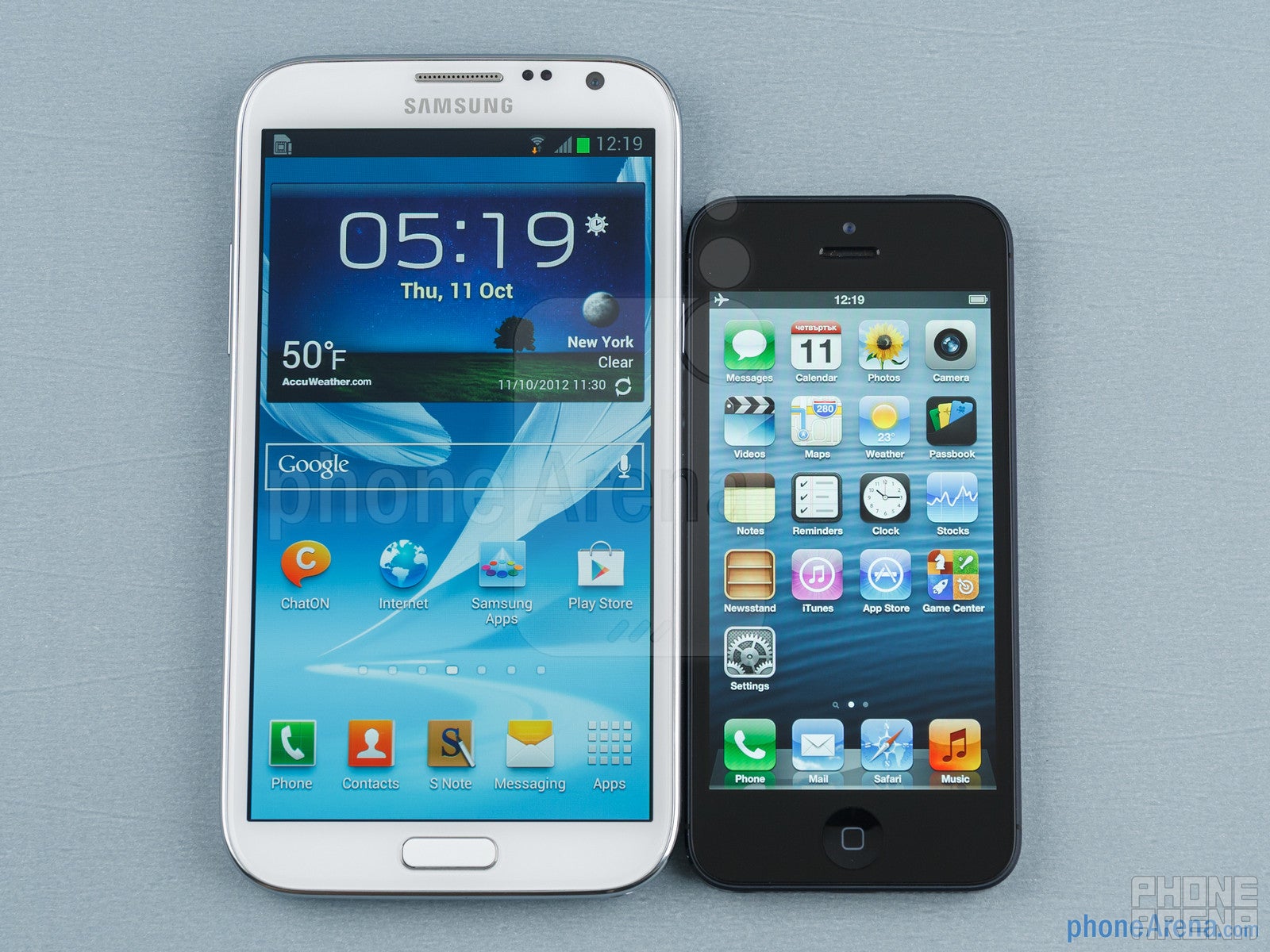
As far as colors go, the devices take a different approach, with the iPhone 5 covering almost perfectly the standard sRGB color gamut, whereas previous iPhone were able to present a more limited range. On the Note II we cover a larger range than standard, hence have the typical for AMOLED screens oversaturated, incorrect colors. The AMOLED display can be set in different modes, though, so the colors can be subdued or made even more dynamic than the normal mode, prettifying your movie sessions.
Both phones sport excellent viewing angles, and the choice will come down to which size you prefer to carry around. We admit that the great 5.5” screen that the Note II sports is very tempting when it comes to stylus-induced productivity, and also for long browsing sessions and movie watching, but it is not everyone’s cup of tea, plus a larger display in the iPhone world is something many fans have been clamoring for a good while now, and Apple delivered it to them.
Interface and functionality:
Both the Apple iPhone 5 and the Galaxy Note II run the latest versions of their respective mobile operating systems - iOS 6 and Android 4.1 Jelly Bean.
Jelly Bean introduces iOS-like fluidity in the interface, making it run with 60fps, but it also leverages Google’s vast knowledge base of people, places and events by introducing the Google Now virtual butler. Google Voice also got an overhaul to the extent that it is now faster and more precise than the iPhone’s Siri voice-controlled assistant - the one which started the mad rush for natural language recognition.
The interface looks and functionality on the iPhone 5 are clean and simple to operate, but more limited than the Nature UX overlay on top of Android Jelly Bean that we find in the Galaxy Note II. Android’s big plus is also its widget system, allowing you to spread and interact with all the info needed for your daily routines on a homescreen or two, available with a simple glance right after unlocking. Having to go in and out of apps all the time, as it is in iOS, is a bit more time-consuming, and the lock screen and the notification bar are less functional. Apple also boxed older apps in with the iPhone 5, putting black stripes on the sides, until their devs update them for the new resolution, which will take a while.
When we add the multi-windows mode that Samsung introduced with the Note II, which splits the large screen in area sizes of your choosing, and you can run two apps at once there, the productivity round goes to Samsung’s handset.
Perhaps the most overlooked functionality introduction with iOS is Passbook - the iPhone’s mobile payment, coupon and ticketing system, which is gradually getting populated by companies large and small that are making it very easy for people carrying the iPhone 5 to pay for stuff, check in or take advantage of promotions with just their handset. Google has its Wallet system, which is more functional in terms of direct payment possibilities in some places and on some devices with NFC, but is not set up as the ultimate mobile payment hub eye-candy the way Passbook is.
Android, on the other hand, is better at its default Maps navigation app, whereas Apple Maps, despite its lower data consumption, has its share of teething problems that iPhone 5 owners might have to wait for a while to be improved upon. Both Google and Apple don’t offer true offline navigation and voice-guidance, though, so you might have to splurge for a 3rd party app anyway, if you are often on the road.
Processors and memory:
Apple uses a manually designed 1.3 GHz dual-core A6 processor with its own core architecture that sits in-between Cortex-A9 and the newest Cortex-A15 instruction set, making it the second company after Qualcomm to use homebrew processor cores, tailored to its own needs and optimizations.
The Galaxy Note II is equipped with a souped-up quad-core Exynos 4412 that is clocked at 1.6 GHz, and is a predominantly Cortex-A9 endeavor. The GPU is ARM Mali-400, whereas the iPhone 5 utilizes tri-core PowerVR graphics for the 3D tasks.
Which one is faster or marginally better we’ll leave for the silicon geeks to decide, but can attest that both are powering the respective interfaces and also any app thrown at them with ease, and both are made with Samsung’s 32nm HKMG process, so they are quite frugal.
The iPhone 5 has 1 GB of RAM, while the Note II sports 2 GB of the thing, and both have the basic versions starting with 16 GB of internal memory, going up to 32 GB or 64 GB variants. The Note II, however, sports a microSD slot for cheaper storage expansion.
Internet and connectivity:
The Apple iPhone 5 scored some record benchmarking points when its browsing prowess was tested, and its Safari browser is indeed very snappy and seamless. The Reader option comes very handy for stripping websites of all the fluff, and only concentrating on the article text. Our main gripe with Safari is the limited kinetic scrolling speed when you flick your finger, compared to the default settings on Android, which make the page fly by.
The Galaxy Note II’s browser is also extremely fast and a joy to use, plus it has the added benefit to be used on a large 5.5” screen, and with a stylus when you need things marked or cropped, which can add a lot to the experience. The AMOLED display, however, drains times more power than LCD when displaying white, as in most website backgrounds, so it is good that Samsung provided a beefy battery, making the Note II last just an hour and change shorter than the iPhone 5’s record 10-hour browsing sessions.
Both browsers don’t support Adobe Flash, so tough luck if you need a website where it runs rampant. You can sideload it on the Note II, though, after jumping through a few hoops.
Samsung paired its Exynos 4412 with LTE for the first time in the Note II for some US carriers, and the iPhone 5 sports a multimode LTE baseband radio, too, but, given the ragtag LTE frequencies around the world, both handsets have different versions for different carriers. The two phones can also run on 42 Mbps HSPA+ 4G networks worldwide.
As for other wireless connectivity, we have Wi-Fi, Bluetooth 4.0, A-GPS and DLNA on both devices, but the Galaxy Note II throws in NFC and Wi-Fi Direct to sweeten the pot, with dedicated apps to take advantage of them.
When it comes to the cable snake, we’ve got Apple’s new Lightning port for plugging the phone into your computer or charging, and you will need adapters for hooking the phone to a TV, or for using older accessories. The Note II uses an MHL port, and you also need an adapter for hooking Samsung’s phone up to a TV's HDMI port.
Camera:
The Samsung Galaxy Note II camera interface has most major options we are accustomed to with flagship Androids, like face/smile recognition, Panorama, HDR, low light mode and so on. It also offers an abundance of scene and focus modes, as well as number of color effects.
The iPhone 5 mostly takes care of everything on its own, deciding what is best for the scene in front of it on the fly, and sports a fast HDR mode for tricky lighting situations. There is a new option for panoramic photos introduced now, which stitches many megabytes of photos (up to 28 megapixels) very quickly with very good end results.
When it comes to picture quality, the phones are about equal outside under broad daylight, with high levels of detail and good color representation, without excessive noise. The iPhone 5 manages scenes with high dynamic range better, though, whereas we get slightly overexposed bright spots with the Note II, and overall more washed-out photos in the sun. The iPhone 5 also sports more contrast in its pictures, making them more visually appealing.

Samsung Galaxy Note II Panorama

Apple iPhone 5 Panorama
The 1080 videos from the iPhone 5 and the Note II fly smooth with 30fps inside and outdoors, and exhibit the same great amount of detail and crisp focus as the still scenes, with no visible artifacts or skipped frames, yet the iPhone 5 footage comes with higher contrast, and looks less washed out under bright sunlight.
Samsung Galaxy Note II Sample Video:

Apple iPhone 5 Sample Video:

Samsung Galaxy Note II Indoor Sample Video:

Apple iPhone Indoor Sample Video:

Multimedia:
The picture and video gallery on the Note II sports the added advantage of splitting the screen with folders on the left for faster navigation, and it also has richer editing capabilities built into it.
The music players on both devices offer tune categorizations and minimalistic interface, with more functionality offered by the Note II via sound modes and equalizer presets that are built into the player interface. Note II also has an FM radio. The loudspeakers are of excellent quality on both handsets in terms of strength, but the iPhone 5 unit sounds a tad fuller and clearer.
As far as video playback goes, the Note II has the upper hand, not only because of the gargantuan 5.5” display, but also since it plays every format you throw at it, up to 1920x1080 definitions. Here the Note II battery life gets a boost compared to the iPhone 5, as the AMOLED screen consumes less energy compared to LCD when displaying colorful scenes. The advantage is commensurate with the one of iPhone 5 when browsing - an hour and change more for the Note II out of runtimes already in excess of 10 hours of video playback for both devices. And if you are watching Die Hard 2, with a lot of snowmobile chasing through the white wilderness, the roles might be reversed.

Both the iPhone 5 and the Note II sport excellent call quality, with loud and clear voices in the earpiece, and clean sound relay to the other end. The noise-canceling mics do a very good job of weeding out the background fluff, with the iPhone 5 sporting a tad better sound capture probably thanks to the tri-mic setup it has going on.
Battery:
The Note II has the largest screen ever placed in a phone, but also the battery to match, with a 3,100 mAh unit tucked in neatly into its large body. It is rated for 16 hours of talk time in 3G mode, and more than a month of standby.
The iPhone 5 has a 1,440 mAh battery, and is rated for 8 hours of talk time in 3G mode. Both handsets will deliver you more than 10 hours of browsing or video watching on a charge, which are excellent results, and can only be beat by Motorola’s MAXX set.
Conclusion:
There are very few undecided voters who are on the fence when it comes to the iPhone 5 and the Note II. The phones are with such unmistakable individuality that considering one before the other would be either because of sheer curiosity, or because one serves your intended purposes better.
If your aim is to have a “set it and forget it” phone, the iPhone 5 is your piece - it is light, with unique design, excellent display and battery life, good snappy camera, and very easy to handle and operate with one hand. This is perfect for the majority of people, who aim for style and convenience out of their handset the most, and getting some work done takes the backseat.
Those who need a productive multitasker to be with them at all times and/or are consuming more video than is healthy by the FDA standards, should seriously consider the best large screen out there accompanied by a stylus - conveniently together in the Samsung Galaxy Note II.
Samsung Galaxy Note II vs Apple iPhone Video Comparison:

Samsung Galaxy Note II vs Apple iPhone Video Comparison:




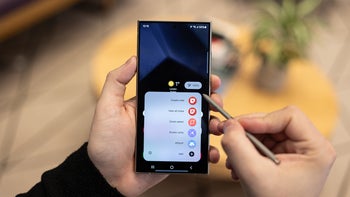

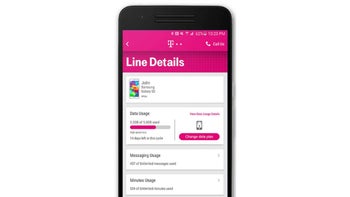
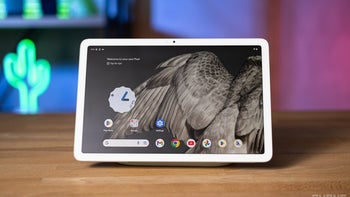


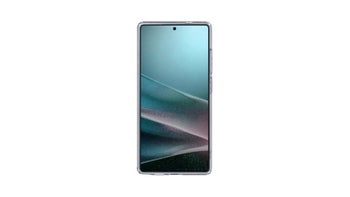
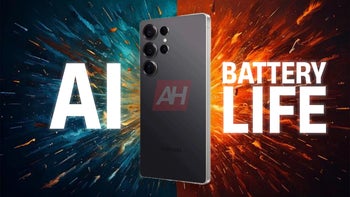
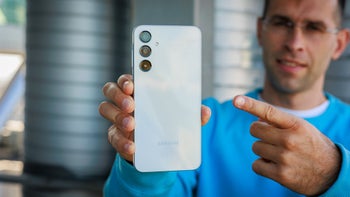
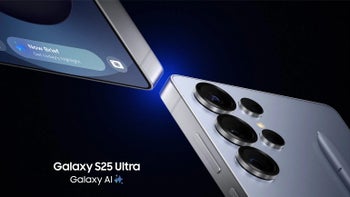






Things that are NOT allowed: